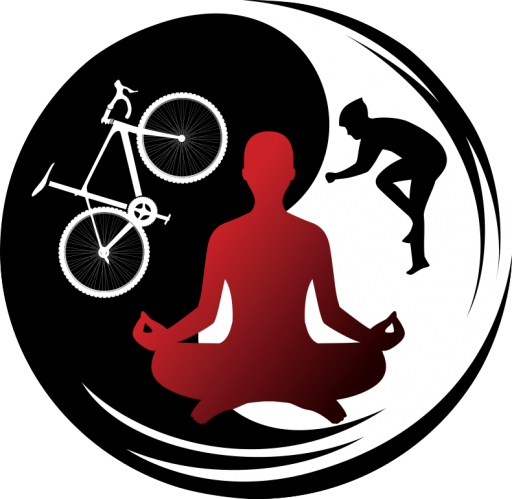Tibiofemoral Arthrokinematics
Tibiofemoral Arthrokinematics
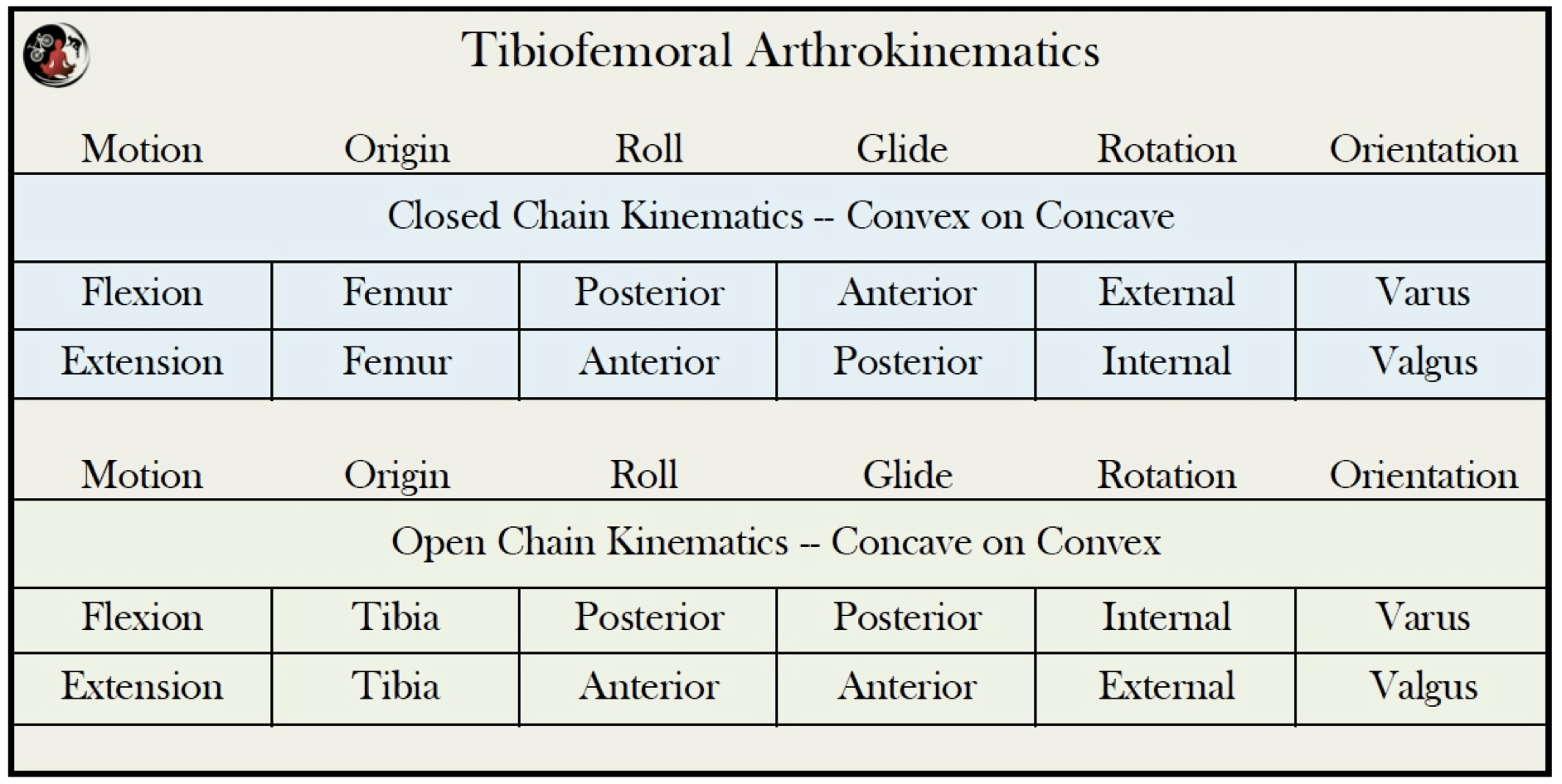
The primary arthrokinematics of the tibiofemoral joint include roll, glide and spin. Rolling is a sagittal plane rotation; gliding, a sagittal plane translation; and spin, a transverse plane rotation. These movements are combined to maintain joint contact and stability during flexion and extension.
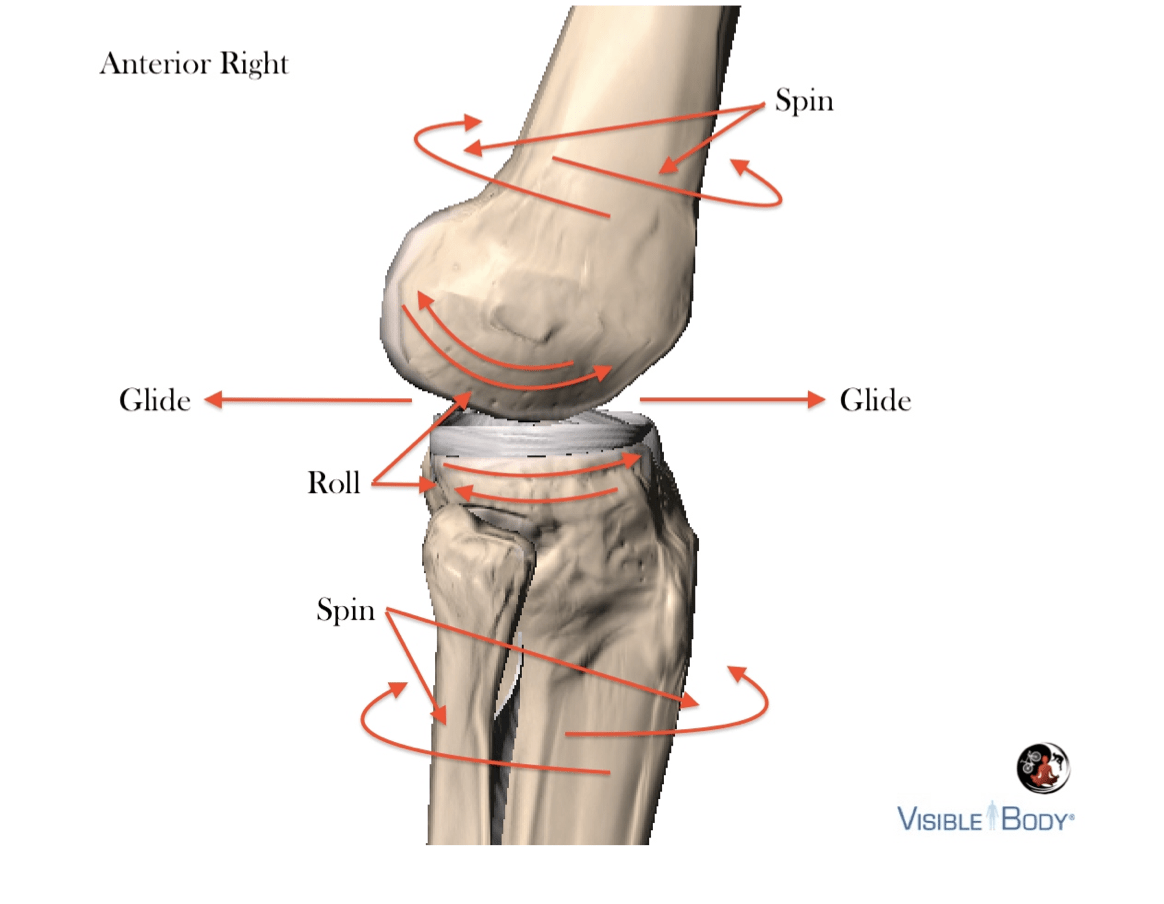 Roll and Glide
Roll and Glide
Anterior cruciate ligament (ACL) tension increases during flexion, initiating anterior femoral glide/translation; conversely, posterior cruciate ligament (PCL) tension increases during extension, resulting in posterior femoral glide/translation. These actions are consistent, regardless of which bone is moving.
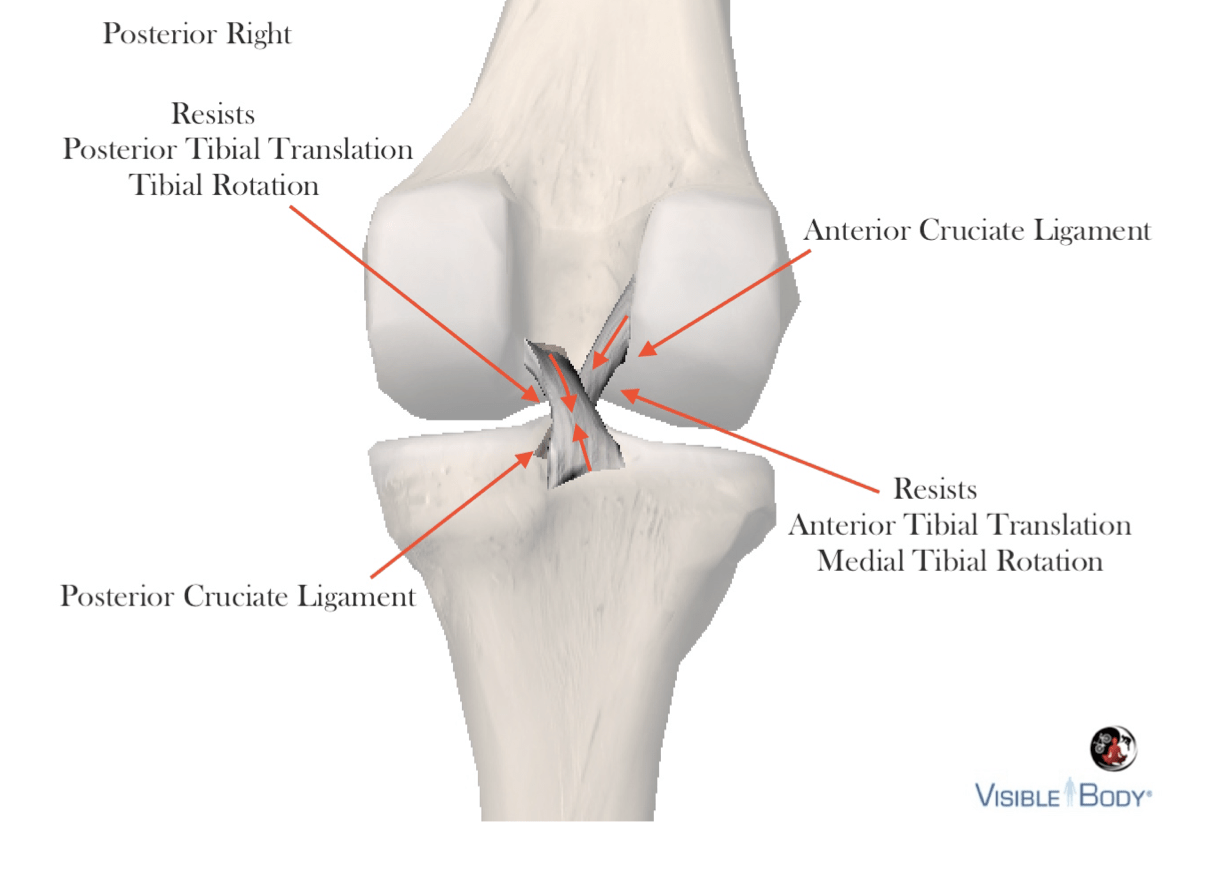
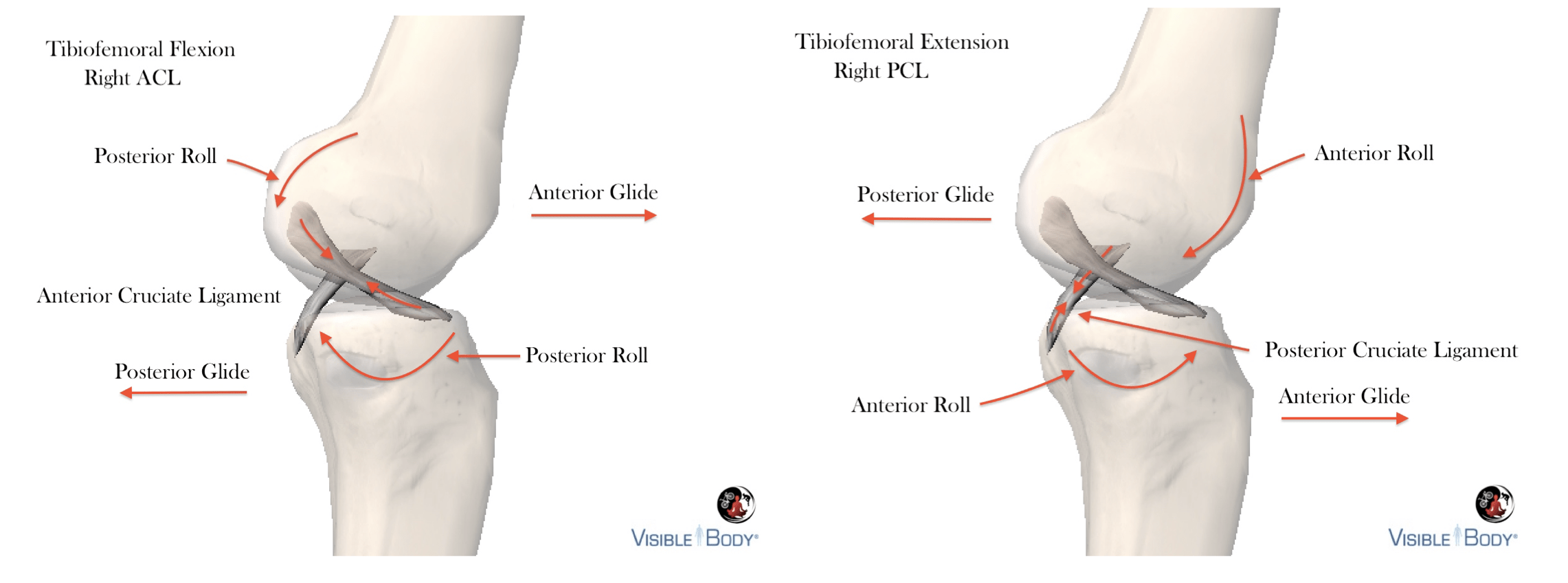
The menisci are attached to the tibia and support the roll-effect during flexion and extension as condylar glide is checked at the anterior or posterior ledges.
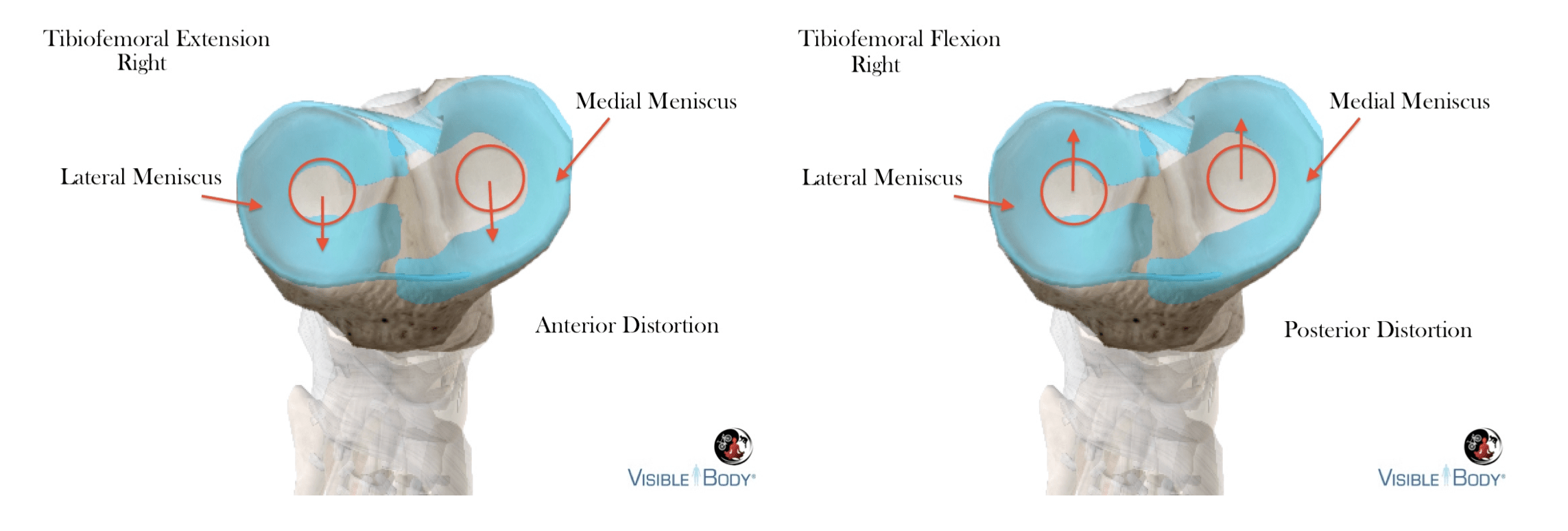
Roll and glide characteristics differ specific to open and closed chain kinematics, simplified in terms of the convex/concave rule. If the convex femur rolls on the concave tibia, roll and glide occur in opposite directions; when the concave tibia rolls on the convex femur, roll and glide share a common direction.
Example of Concave/Convex Kinematics during Flexion
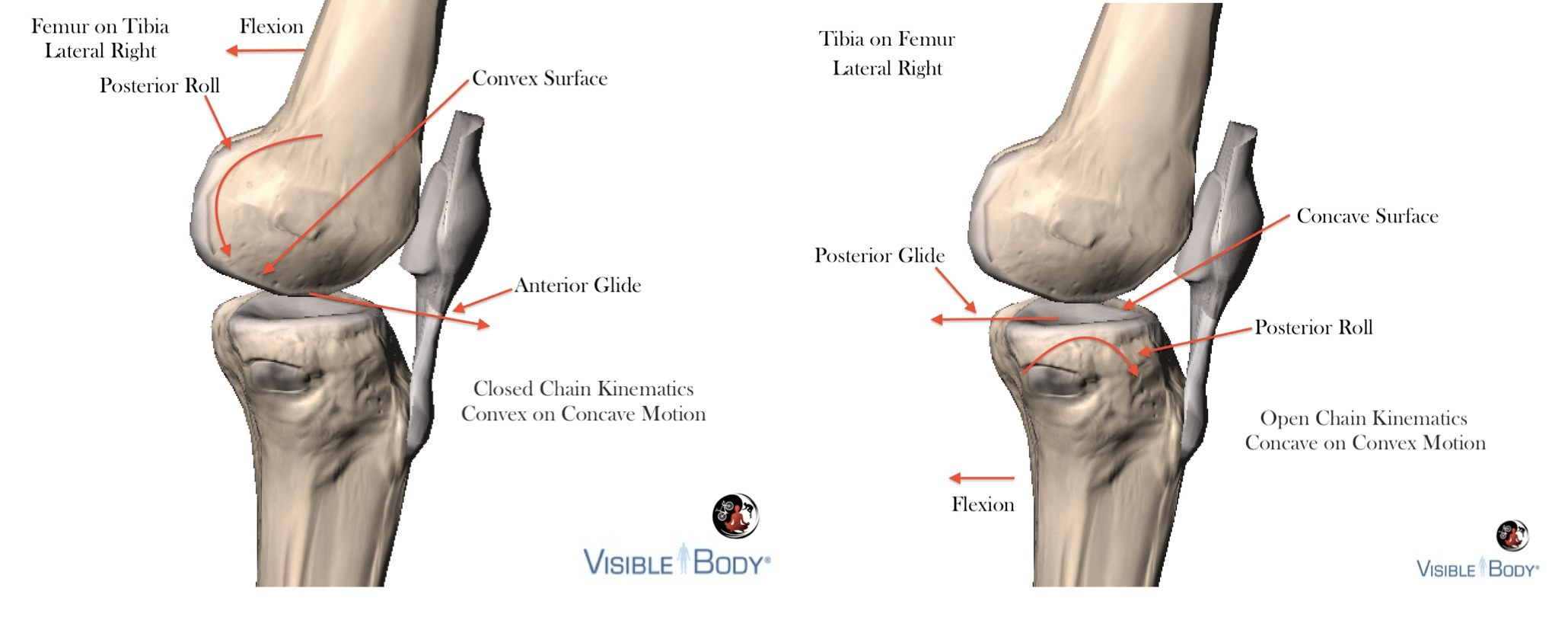
Internal/External Rotation – Spin
The moving bone rotates internally or externally during roll and glide. The femur moving on a fixed tibia rotates internally during extension and externally in flexion, and the tibia moving on a fixed femur rotates externally during extension and internally in flexion.
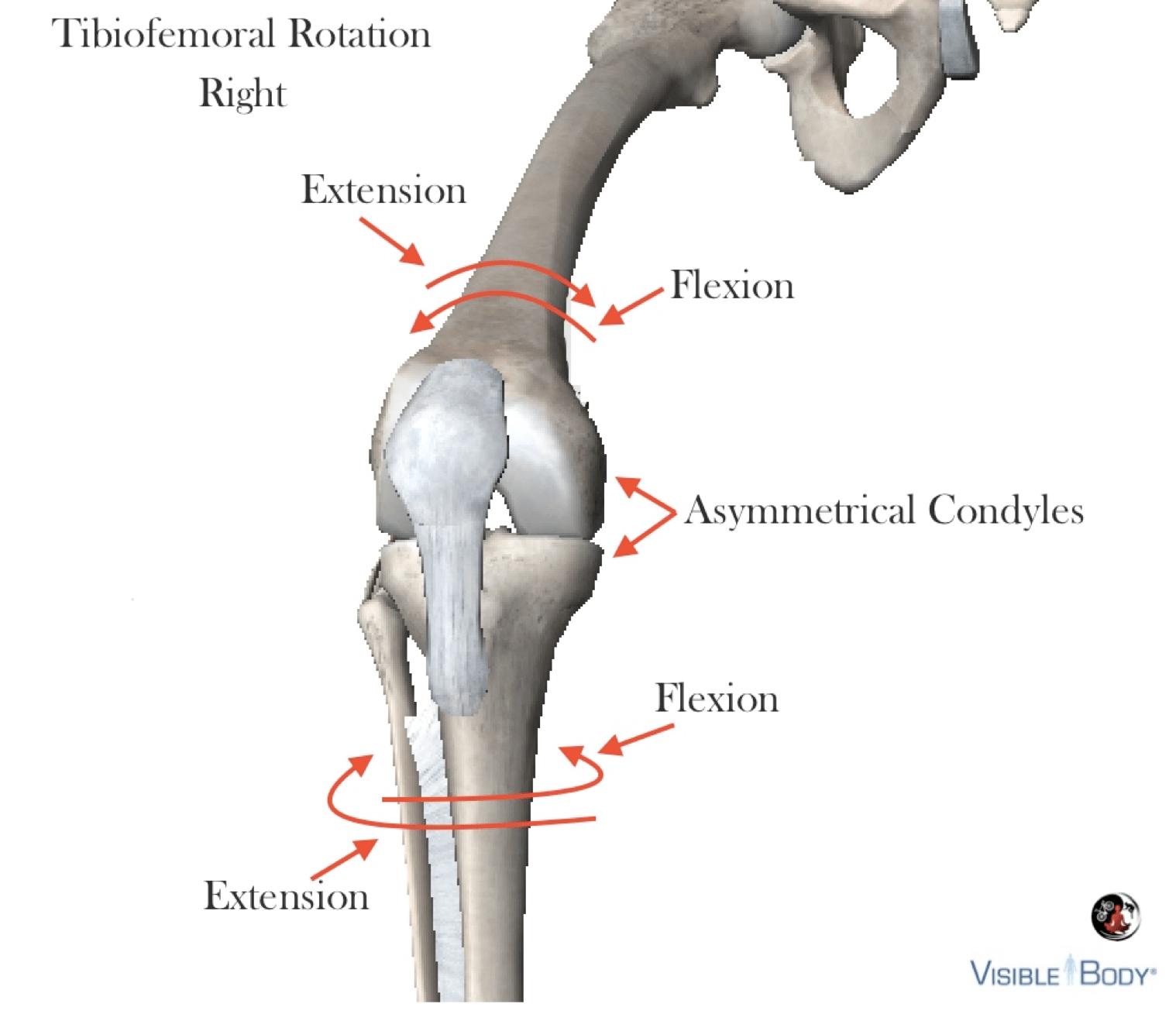
Spin is primarily an imposed function of bony factors including the variability in size, articular surface area and curvature of the femoral and tibial condyles.
The medial condyle curves laterally between 25-30 degrees with minimal anterior/posterior articulation on the tibial condyle because it is constrained by the deep medial collateral ligament. The lateral collateral ligament provides significantly less constraint because it attaches to the fibula. These components are the primary forces behind the “spin” that accompanies tibiofemoral roll and glide.
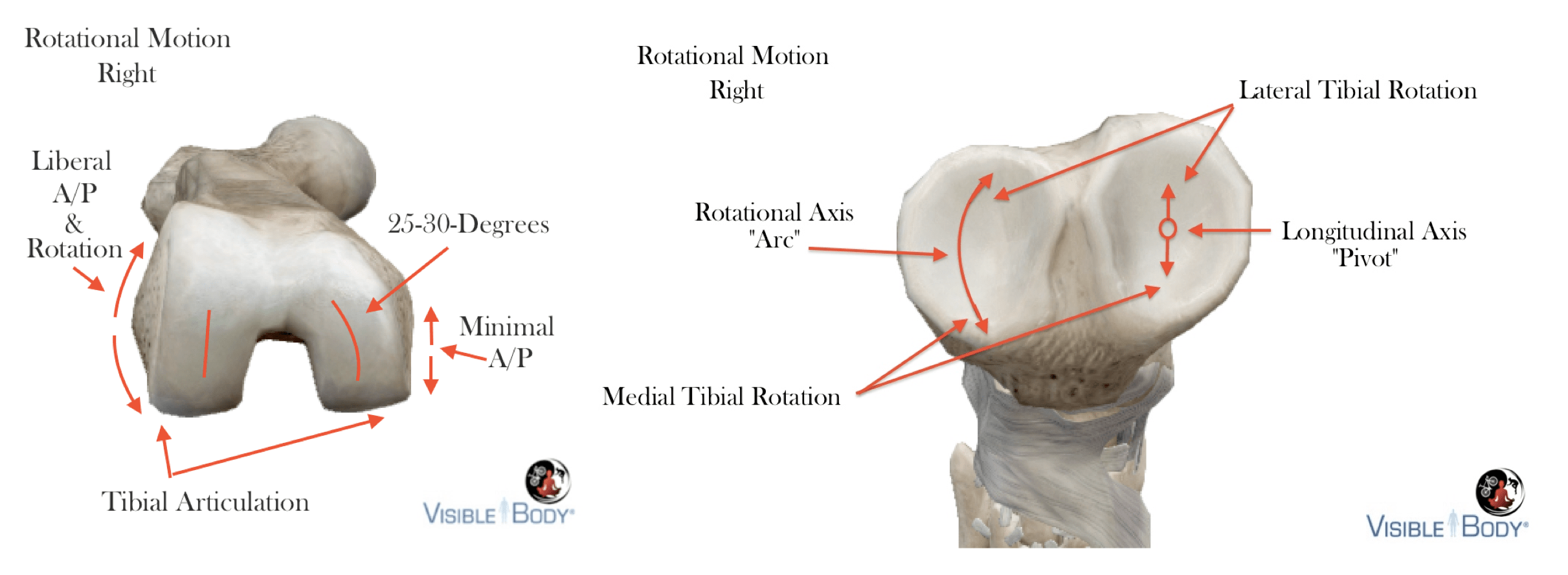
The menisci deform accordingly during tibiofemoral rotation to maintain a concave surface for the convex femoral condyles.

Pedaling incorporates both open and closed kinetic chain attributes. The femur moves on a relatively fixed tibia when extending during the power-phase, and the tibia moves on a relatively fixed femur when flexing in the recovery phase.
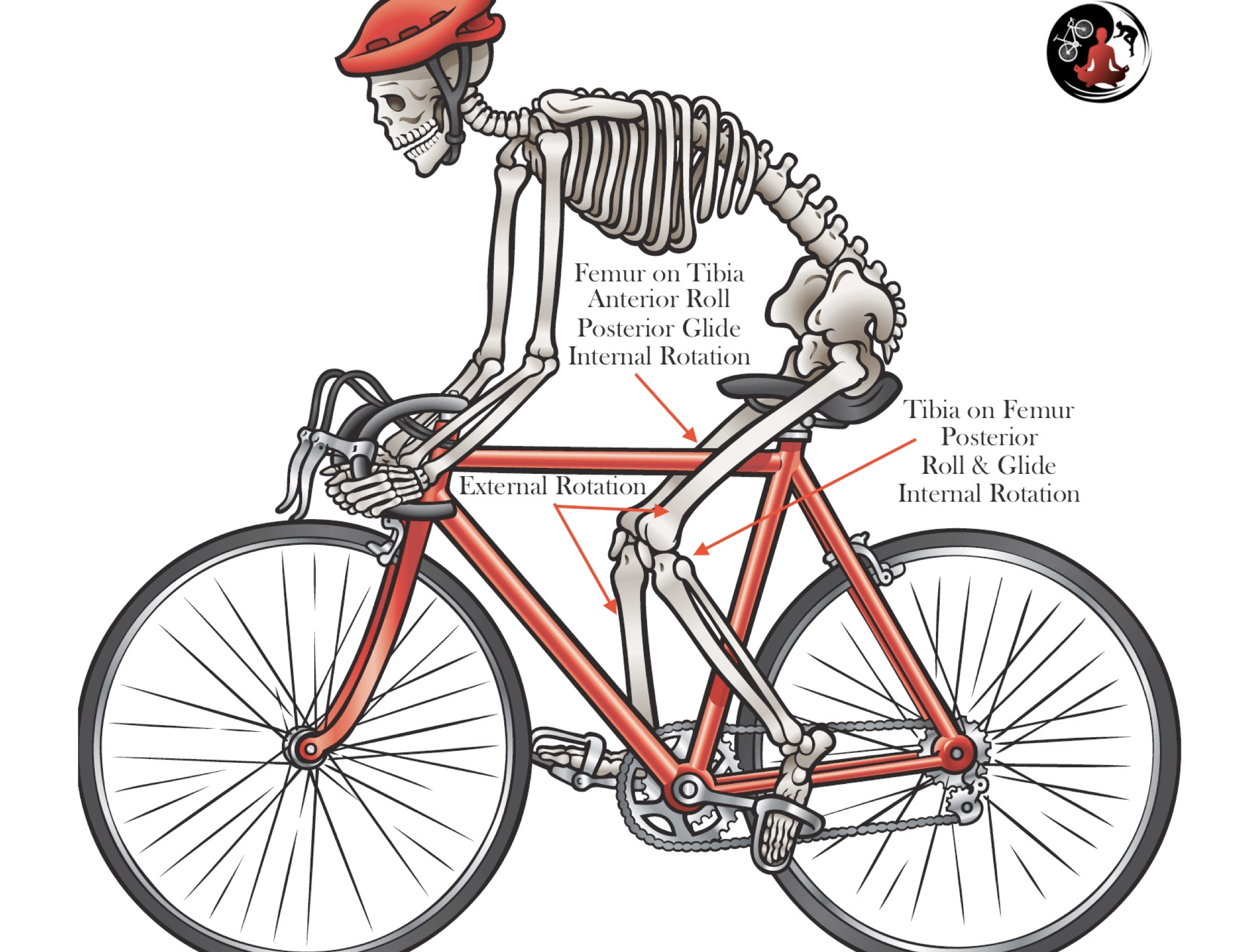
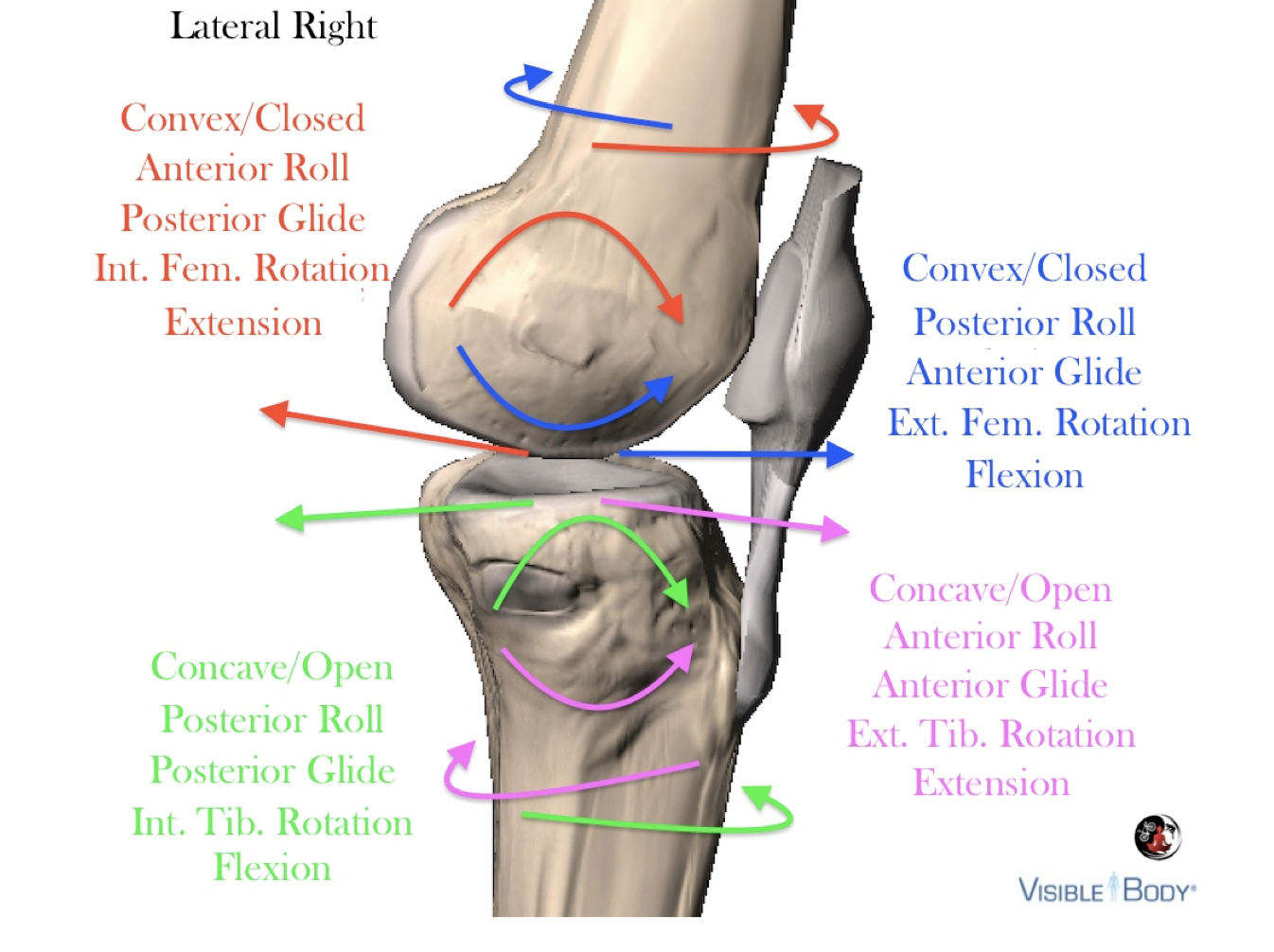
In light of this information, does it make sense to use cleats with less than 4-deg float?
